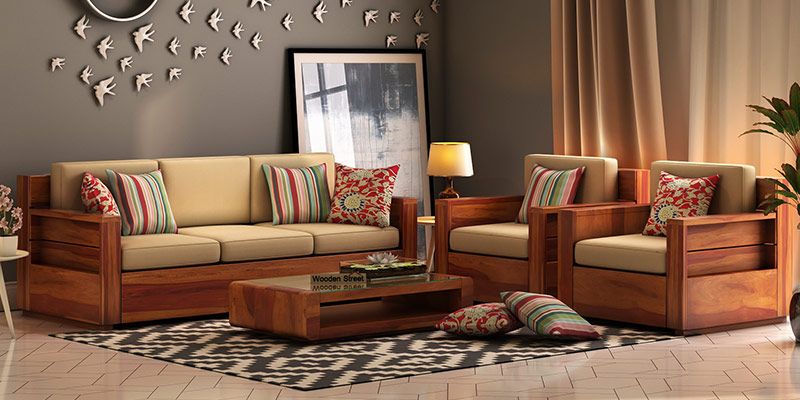We’ve all seen red with anger, or have been green with envy; but can the colour of your bedroom have an impact on the quality of your sleep?
Here we explore the best, and worst colours to use to decorate your kid’s bedroom.
Table of Contents
Sleep suppressers
Although synonymous with luxury (and Christmas chocolate), purple is one of the worst offenders for inhibiting sleep. It’s thought that it promotes vivid dreams, and therefore a more disturbed sleep pattern.
If you’re a fan of purple why not use it as an accent colour in your accessories, such as a throw or a cushion for a corner chair. Or treat yourself to some purple-inspired luxury with a lavender-scented sleep aid.
Similarly, red, heralded as the colour of passion, has been linked with raising blood pressure – not great for helping you to achieve a restful night’s sleep. If red is your favourite colour, use it in your living room to channel a traditional private members’ club vibe, like Soho House.
Nocturnal neutrals
You can’t go wrong with a neutral colour palette, and white is the go-to hue for creating a pure and fresh feel to a room. To further enhance your sleep, keep clutter to a minimum by using clever storage solutions, such as custom-built Hammonds sliding wardrobes with a matte finish.
Grey is the current colour du jour and works well as a bedroom colour as long as it has warm undertones. Think dove grey paired with a lux heavy fabric like velvet, and perhaps an elegant wallpaper.
Seriously soothing
Soft green is the perfect colour for a bedroom, as it has both warm and cool elements to it. Colour psychology suggests that because of its association with nature, it immediately has a calming effect on the nervous system.
Similarly, pale blue has been shown to slow the heart rate and reduce blood pressure. The world’s favourite colour, there’s plenty of blue room inspiration out there. Avoid pastel baby blues, however, unless you want your bedroom to resemble a nursery.
Colours for kids
It’s worth noting that babies only start seeing the full-colour spectrum from five months, and from birth only recognise shapes and moving objects, such as toys and mobiles with bold geometric patterns. However, it’s recommended that you steer clear of primary colours that could be overstimulating, and instead opt for softer shades such as yellow, pink and green.
Murals are a great way of introducing colour and design, with a night sky theme always proving a popular backdrop for a good night’s sleep.
The most important thing when choosing the colour scheme for your bedroom is to choose the one you can live with, that fills with you joy each night.
















